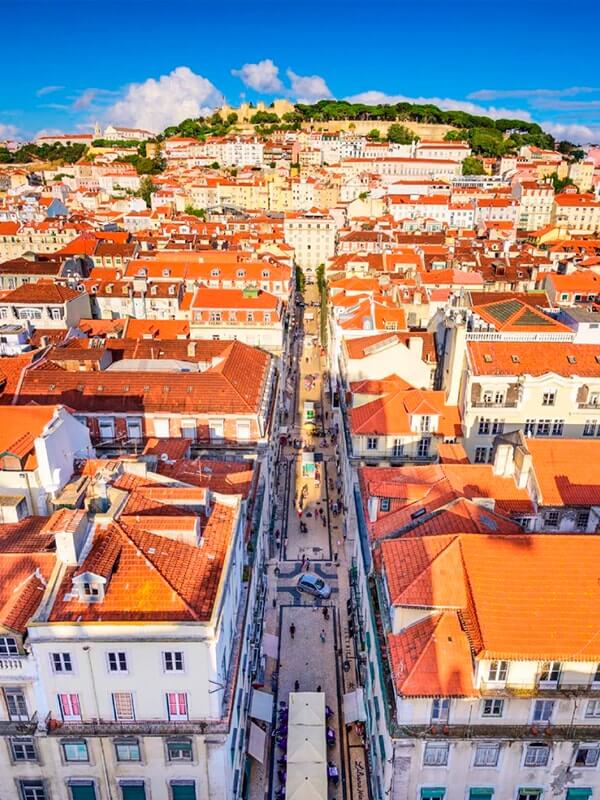
Anti-austerity, tourist boom and a pink house in Lisbon

This article is an abbreviated version of the original. To read the full article go here.
Portugal has turned the page on its 2010-13 crisis, the International Monetary Fund said in its latest annual assessment of the country’s economy, in which it praised the Portuguese efforts.
How did Portugal bounce back?
The ingredients for Portugal’s success story include the adjustment programme as well as the global economy’s recovery and the European Central Bank's low-interest rate policy. In addition, the cautious relief of economic restrictions on the population and the rhetorical repackaging of austerity measures by the government of António Costa have regained consumer confidence.
In a 2011 Eurobarometer study, 44 percent of the respondents in Portugal believed that the country was facing a negative development in the next year, today the proportion has fallen to 23 percent.
Tourist groups push past each other through this central pedestrian area. Large colourful pictures on the menus of restaurants display the offered dishes while bakeries tempt passerby with pastéis de nata — a Portuguese delicacy. The number of tourists has risen from 8.3 million in 2013 to more than 12.7 million in 2017.
The tourism effect
The boom is both a curse and a blessing. On the one hand, tourists bring a lot of money into the country so new jobs are created and investments in real estate surges. Thereby, exports of services have compensated an increase in goods imports. On the other hand, prices rise rapidly. Renting a flat — especially in the city centre of Lisbon — is hardly affordable for the majority of the population.
